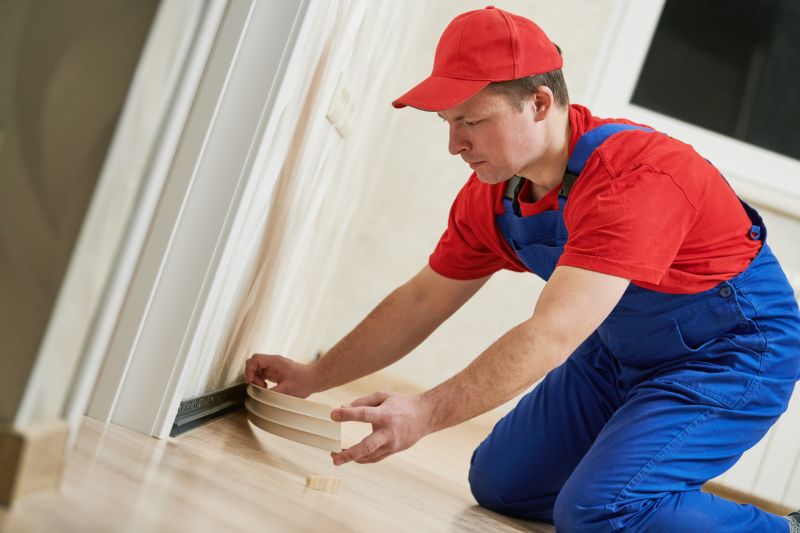Leading Selection Of Molding Repair Essentials
Equip yourself with the most reliable tools and materials for repairing mold, ensuring durability and peace of mind.
 Molding repairs are a common task in home improvement, restoration, and craft projects. When a molding becomes damaged, cracked, or chipped, selecting the appropriate repair products is essential for achieving a seamless and durable fix. Various types of repair materials are available to suit different molding materials such as wood, plaster, or plastic. These products can help restore the appearance and integrity of your moldings without the need for complete replacement.
Molding repairs are a common task in home improvement, restoration, and craft projects. When a molding becomes damaged, cracked, or chipped, selecting the appropriate repair products is essential for achieving a seamless and durable fix. Various types of repair materials are available to suit different molding materials such as wood, plaster, or plastic. These products can help restore the appearance and integrity of your moldings without the need for complete replacement.
Top Overall Option
Multi-Purpose Repair Filler
A versatile repair filler designed for use on various molding materials, offering excellent adhesion, easy sanding, and a smooth finish. It is suitable for filling cracks, gouges, and holes, providing a durable and paintable surface that blends seamlessly with existing moldings.
Types of Products For Molding Repairs
Wood Filler
Specifically formulated for repairing wooden moldings, offering good adhesion and flexibility to accommodate wood expansion and contraction.
Plaster Patch
Designed for plaster moldings, providing a smooth, durable patch that matches the texture of plaster surfaces.
Epoxy Putty
A two-part epoxy that bonds strongly to various surfaces, ideal for larger repairs and filling deep gouges.
Acrylic Caulk
Flexible and paintable, suitable for sealing small cracks and gaps in molding joints.
Polyurethane Foam
Expanding foam used to fill larger voids or gaps before finishing and sanding.
Joint Compound
Commonly used for plaster moldings, providing a smooth surface for finishing and painting.
Flexible Repair Putty
Offers flexibility for repairs on moldings subject to movement or expansion.
Bonding Primer
Used to prepare surfaces for better adhesion of repair compounds and paints.
Sandable Spackle
Ideal for small surface repairs, providing a smooth, paintable finish after sanding.
High-Strength Adhesive
For securing loose or detached molding pieces before filling and finishing.
Popular Choices
Widely used for various repair tasks, offering ease of use and reliable adhesion on multiple surfaces.
Commonly chosen for wood moldings, providing a workable consistency for filling and shaping.
Popular for restoring plaster moldings, offering good bonding and finish quality.
A favored option for deep or structural repairs, combining strength and versatility.
Chosen for sealing small cracks and gaps, especially in areas prone to movement.
Often used for filling large voids or gaps before finishing, providing substantial volume.
A common choice for finishing plaster moldings, creating a smooth surface ready for painting.
Popular for small repairs, easily sanded and painted for a seamless look.
Frequently used to reattach loose or broken molding sections securely.
The process of repairing moldings typically involves cleaning the damaged area, applying the repair compound or filler, and then sanding and finishing to match the surrounding surface. The right product can make this process easier and more effective, providing a smooth, paintable surface that blends well with the existing molding. Whether you're dealing with small cracks or larger gouges, having a range of suitable repair products on hand can streamline your project.
Choosing the correct repair product depends on factors such as the type of molding material, the size of the damage, and the desired finish. Some products are formulated specifically for wood, offering excellent adhesion and flexibility, while others are designed for plaster or composite materials. Proper preparation and application are key to ensuring a long-lasting repair that maintains the aesthetic appeal of your moldings.
Investing in quality repair products can help prevent further damage and extend the lifespan of your moldings. It's important to follow manufacturer instructions carefully and consider the final finish you want to achieve. With the right tools and materials, even complex repairs can be managed effectively, restoring your moldings to their original appearance and function.
Key Buying Considerations
- Compatibility with the specific molding material (wood, plaster, plastic).
- The size and depth of the damage to determine appropriate repair product and volume needed.
- Ease of application and working time to suit your skill level and project scope.
- Sandability and paintability for a seamless finish that matches existing moldings.
- Flexibility and adhesion properties, especially for moldings subject to movement or expansion.
- Curing time and final drying process to plan your repair schedule accordingly.
- Durability and resistance to cracking or shrinking over time.
- Compatibility with existing finishes, such as paint or stain, to ensure a uniform look.
- Ease of sanding and finishing to achieve a smooth surface.
- Environmental conditions, such as humidity and temperature, during application and curing.
- Availability of the product in your local area or online for convenient purchase.
- Cost and value for money, considering the quantity and quality of the product.
- Brand reputation and user reviews as indicators of product performance.
- Safety considerations, including non-toxicity and proper ventilation during use.
- Versatility for use on multiple types of moldings or repair scenarios.
This page contains affiliate links. We may earn a commission if you choose to purchase through these links, at no additional cost to you.
